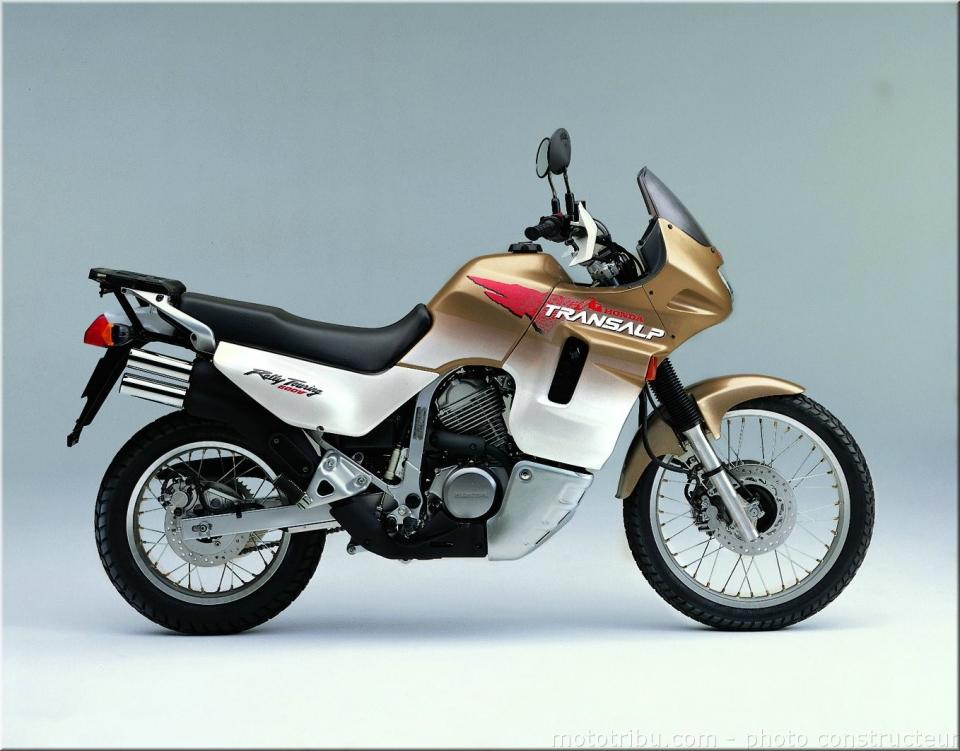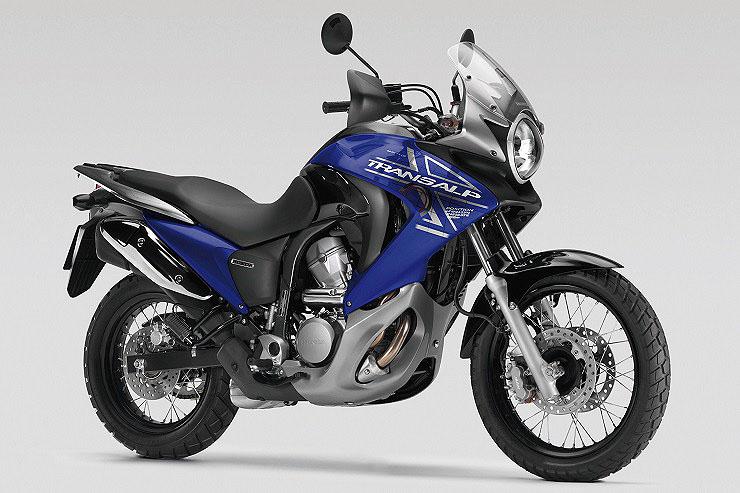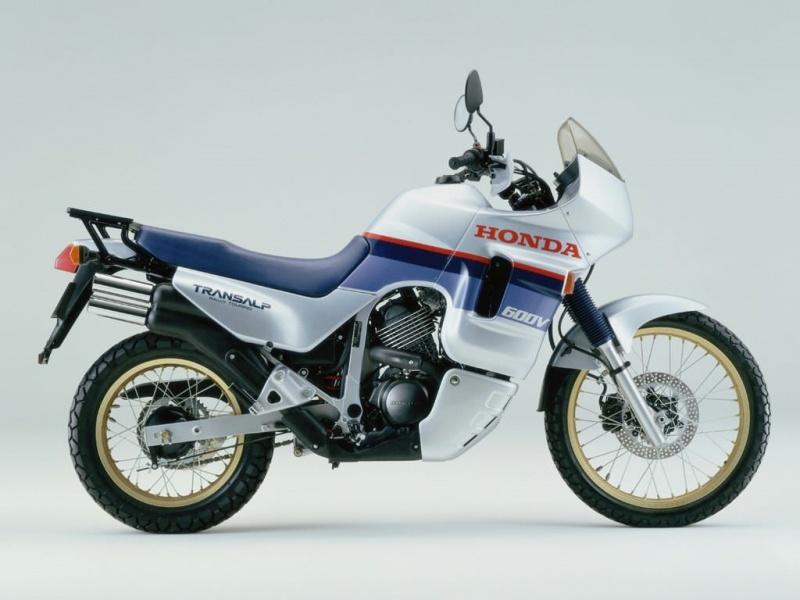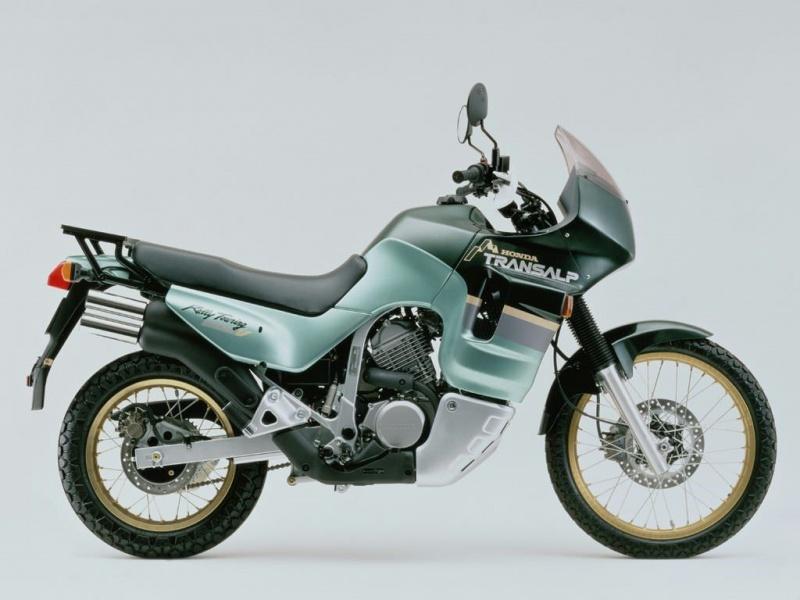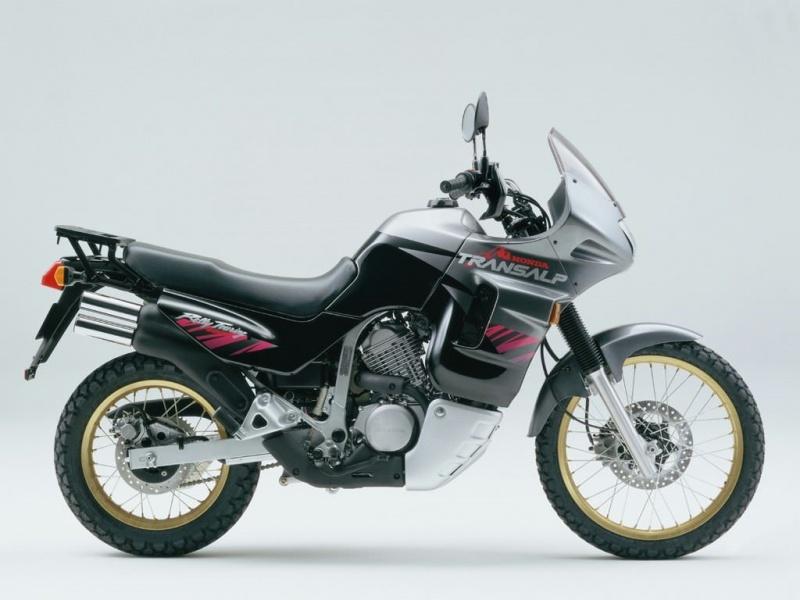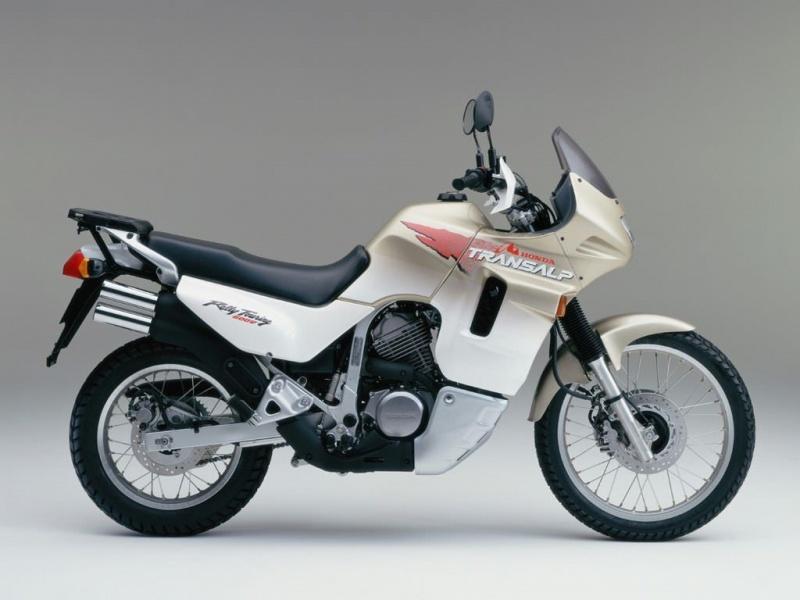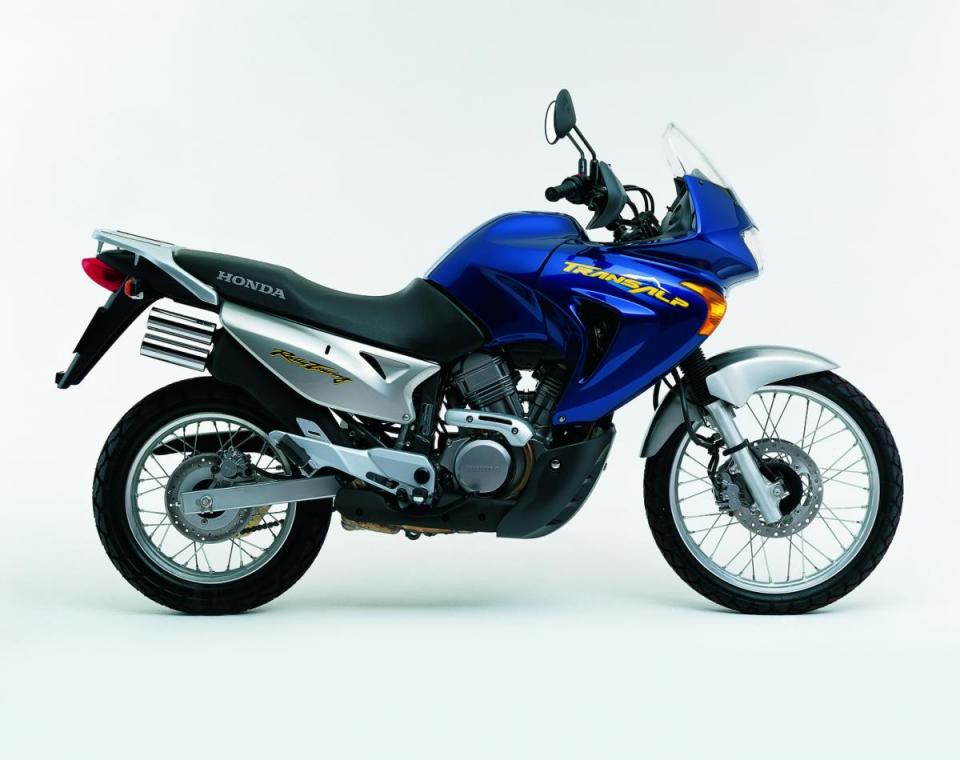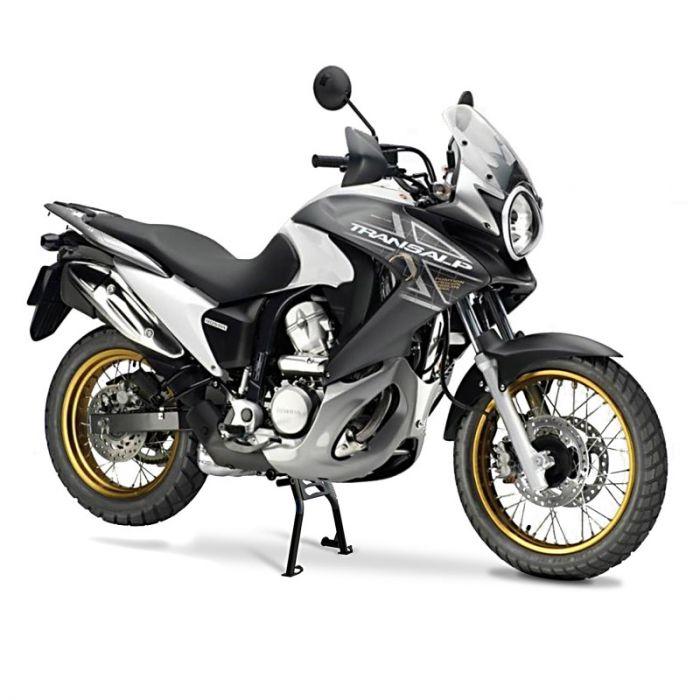It should be clear by now that the motorcycle adventurer has a special love for the Honda Transalp.
And that is not without reason, this is a lot of motorcycle for the money you put down, the door to adventure opens wide for little.
Most bikers will describe the Alp as reliable but boring.
Boring because it can do everything, but doesn't really excel at anything. The power delivery is linear and the just over 50 horsepower doesn't really push you into the saddle now.
But still I think this opinion is rather short-sighted and somewhere smells of tough R1 boy talk.
A Transalp is particularly maneuverable and has a great time in the urban jungle.
Due to its high seat you have a great overview of the traffic on the highway and the most beautiful unpaved mountain roads do not look from it.
In addition, you can easily and cheaply carry enough luggage for an entire gypsy camp. Or of course your laptop, groceries or dirty laundry.
Yes, in my opinion the Transalp is the best choice for the young motorcycle adventurer who wants to be the baby boomer with GS on a budget and who has to rely on his workhorse, day after day, all year round.
Other motorcycle adventurer bikes quickly lack the reliability and quality of Honda, are too expensive to purchase and maintain or are exotics for which few parts can be found.
As a motorcycle adventurist you want a motorcycle that can take a beating and if you do crash, you want to repair the damage for little money.
In addition, the maintenance of a Transalp is not rocket science and even without key experience can easily be learned by slowly following the workshop manual step by step.
But this engine does not require much maintenance.
The ancestor of the Transalp is the Honda XLV750R. A rather rare motorcycle that was on the market from 1983 to 1986. Honda built it as a cross between the adventurous Dakar motorcycles and the large touring motorcycles for the road
The first Transalp was already released in 1987 and since then only minor adjustments have been made here and there.
Because from the ground up, the alp is a rock-solid bulletproof concept. The heart of the engine, a V-twin engine, will never stop beating.
Rather, it is the parts around it that want to give up over time and where the attention should be focused when viewing a copy.
XL600V PD06 1990-1994
From 1991, the rear drum brake was replaced by a 240 mm (9.4 in) disc brake with a single piston caliper. The appearance was changed in 1994: the original square lights were changed and a new fairing was introduced.
In 1994 the Transalp was revised with new fairing and better instruments.
XL600V PD10 1997-1999
From 1997 the factory moved from Japan to Italy. Anyone who scans a lot of google, will come across some criticism about the quality of paint, electricity and again ... the wheels.
But this time the rims aren't the culprit, it's the spokes that come loose.
The PD10 also has a plus and that is the double disc brake. The old alpines are not high-quality inhibitors, but you can live with that. You don't have to come to a stop from 200 that often and when you close the gas you brake just as hard on the engine as an average car that hits the brakes for a red traffic light.
XL650V RD10 / RD11 2000-2007
It is wider, higher and heavier and is certainly not inferior in size to the large BMW GS
The weight of the Transalp has increased over time, from 175 kg for the first models to 218 kg for the latest version.
But it is also all but lacking in reliability. For example, the exhaust bends are now made of stainless steel and spokes and rims do not fall out of misery
It is wider, higher and heavier and is certainly not inferior in size to the large BMW GS
But it is also all but lacking in reliability. The exhaust bends are now made of stainless steel and spokes and rims don't fall apart.
However, you immediately notice that the engine is more focused on the road than the unpaved.
XL700V RD13 2008-2012
From 2008, the XL700V is the new model Transalp and as it stands now also the last Alp in a long bloodline.
The XL700V is also more oriented towards asphalt, partly by reducing the front wheel from 21 ”to a lean 19”. The tank capacity decreases from 19 to 17.5 liters, according to Honda because this version would be a bit more economical with gasoline.
This Transalp version is completely different from all previous versions, not only in appearance, but also because of the injection system instead of honest carburettors.
And why this article? Well, I have embarked on my own adventure. As said, never 2manybikes. I bought myself a puzzle that should eventually become a Transalp.
It is a PB10 model from 1997 and is now under construction. Photos and videos will be shared soon, and we are ambitious as we have already registered for a basic all-road riding course WITH this bike in April 2021.
To be continued ....

